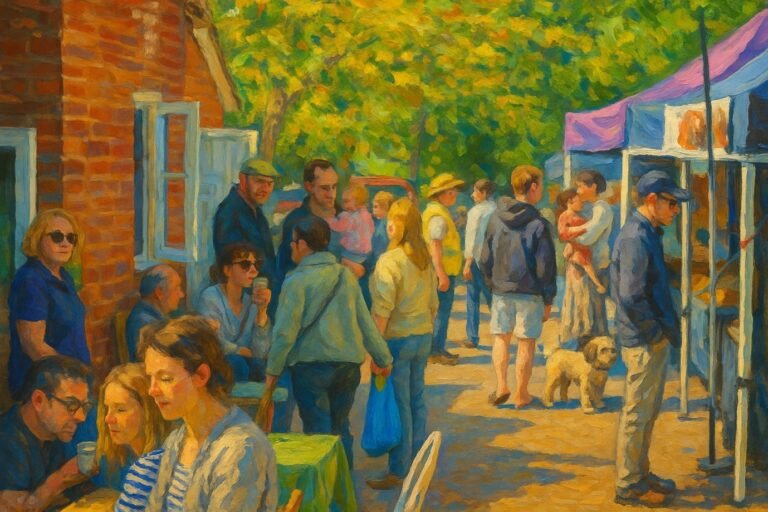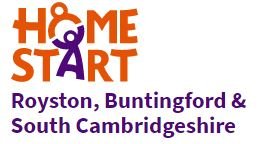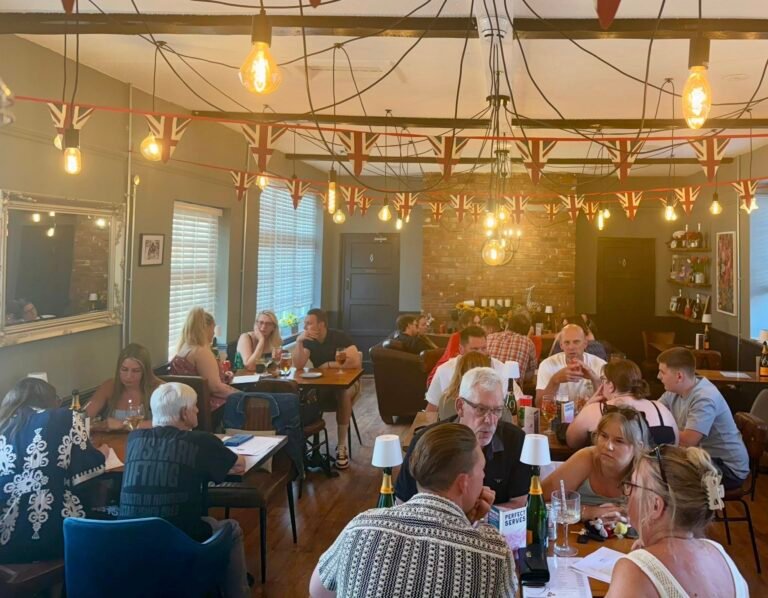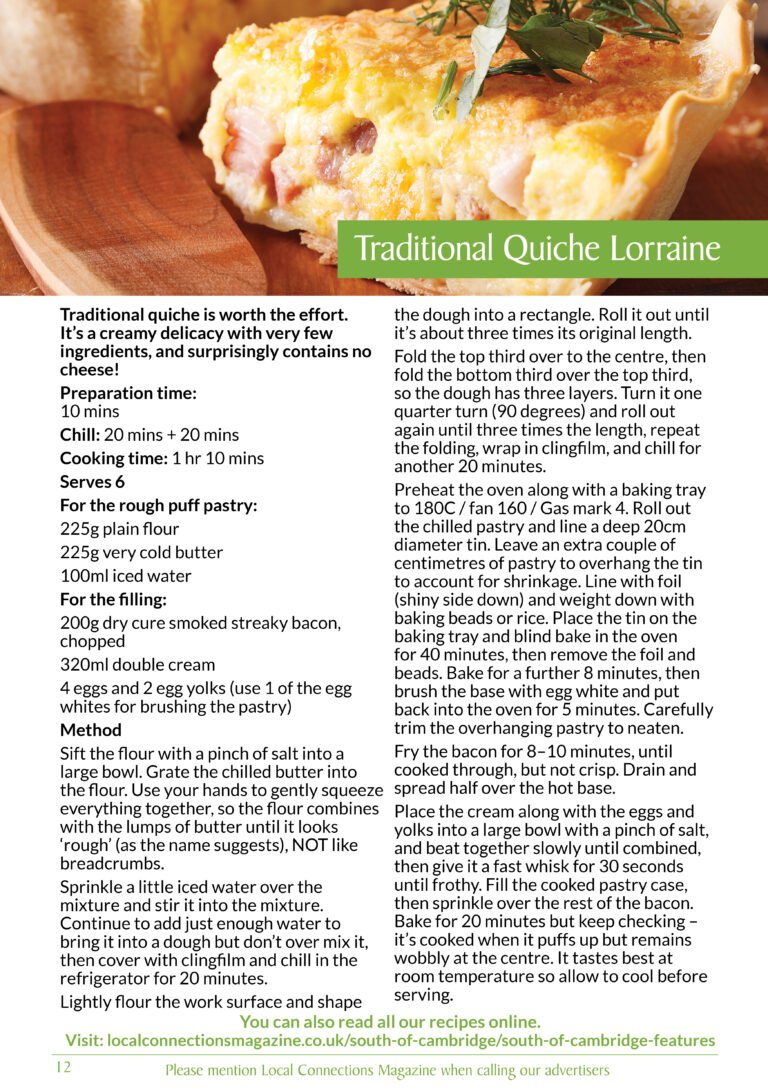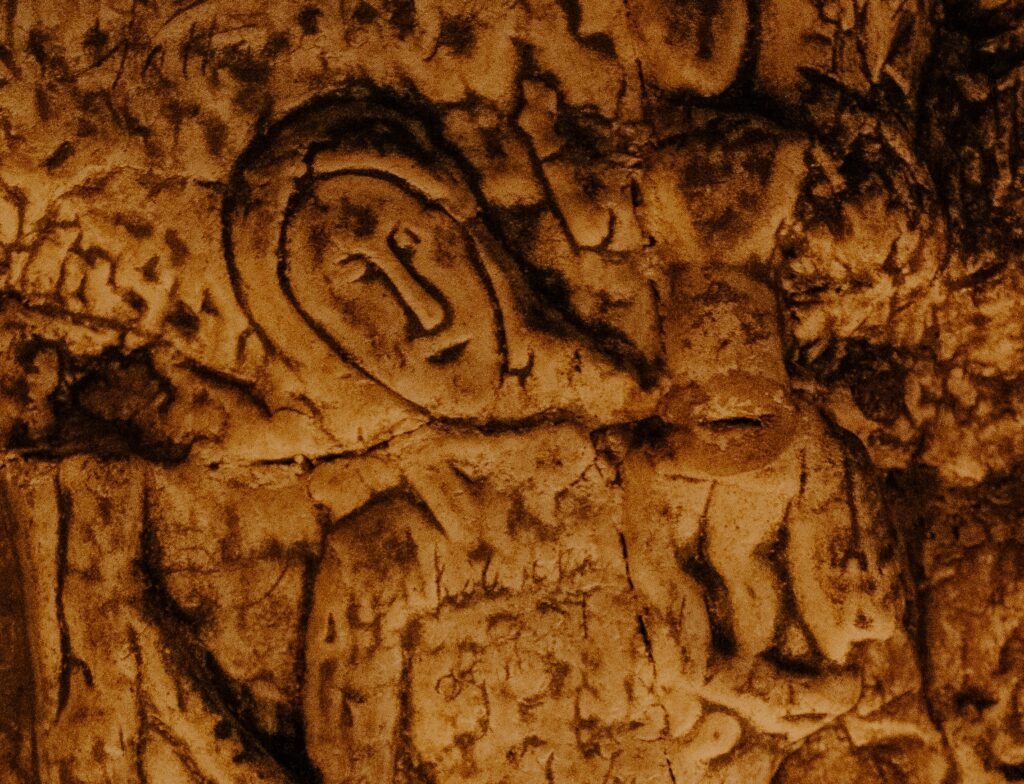
Royston Cave was discovered by accident in 1742, while workman were digging foundations.
They hit hard stone, and eventually unearthed a millstone which when they lifted, had been plugging a shaft to a cave.
Manmade and beehive shaped, it is cut 8m into the chalk that lies beneath the ancient crossroads of Icknield Way and Ermine Street. The walls are decorated with extensive low relief carvings, which are mostly Christian in depiction and medieval in style.
The cave remains an enigma. No records of its age or purpose exist. Its origin has baffled visitors and historians alike for centuries.
The most popular theory is that Royston Cave was used by the Knights Templar. Their stronghold, Baldock, was 8 miles away, and they would visit the market at Royston to sell their produce.
With the presence of King James I in Royston, who was possibly a Freemason when he left Scotland, suggestions have been made that the cave could be one of the earliest Masonic lodges in England.
Another theory that offers creditability is that the cave was a subterranean home of a hermit, located nearby to the crossroads. A carving of the old Priory’s seal exists, so a connection to a religious recluse is possible.
Royston Cave is open for public tours only at weekends, between the months of April and September. However, we can also accommodate private tours and school visits during the rest of the week, for up to 15 people.
For more information, and to book your online tickets, visit our website
www.roystoncave.co.uk



